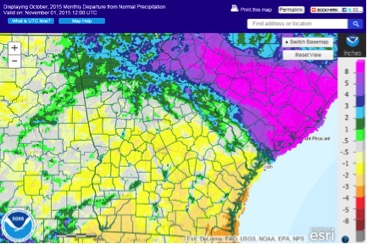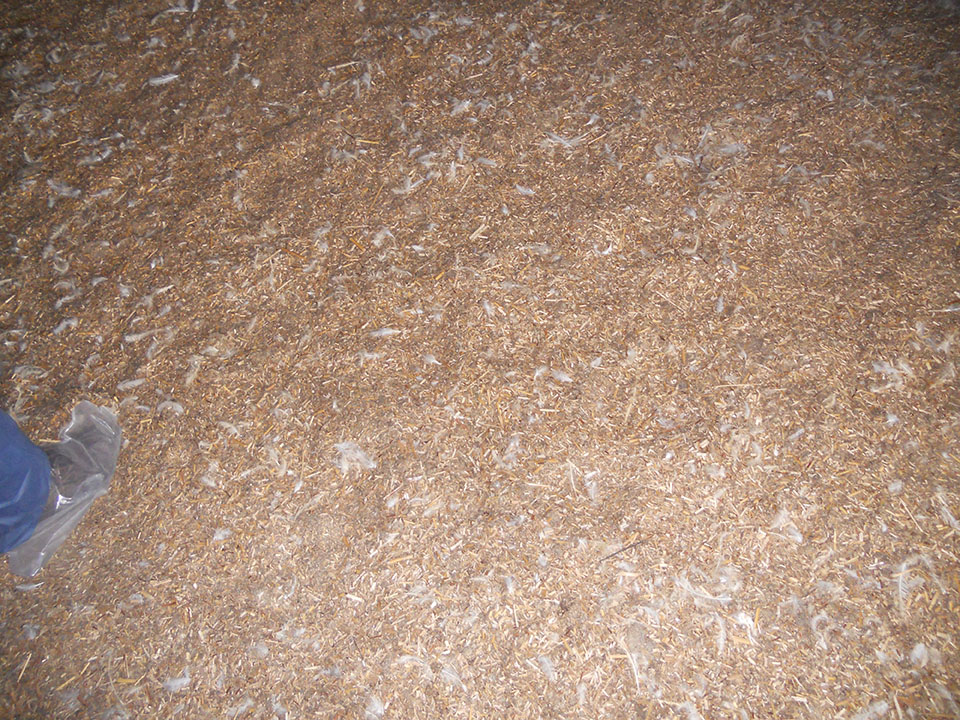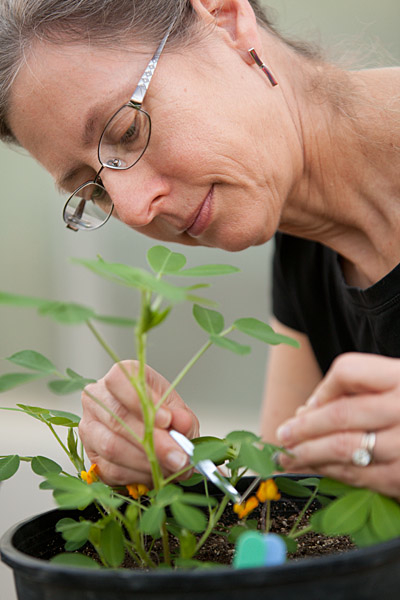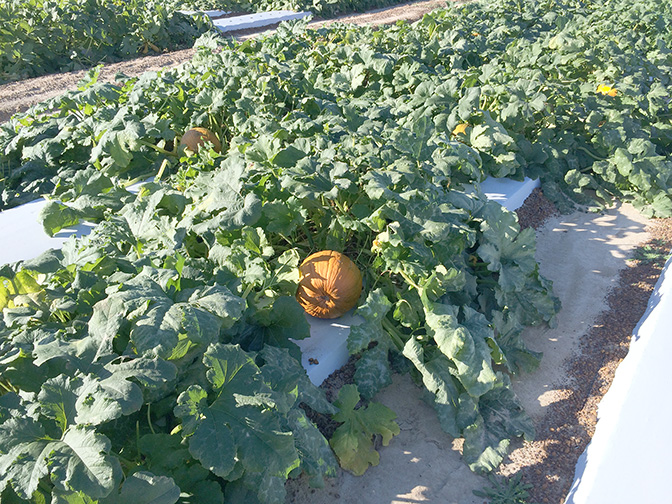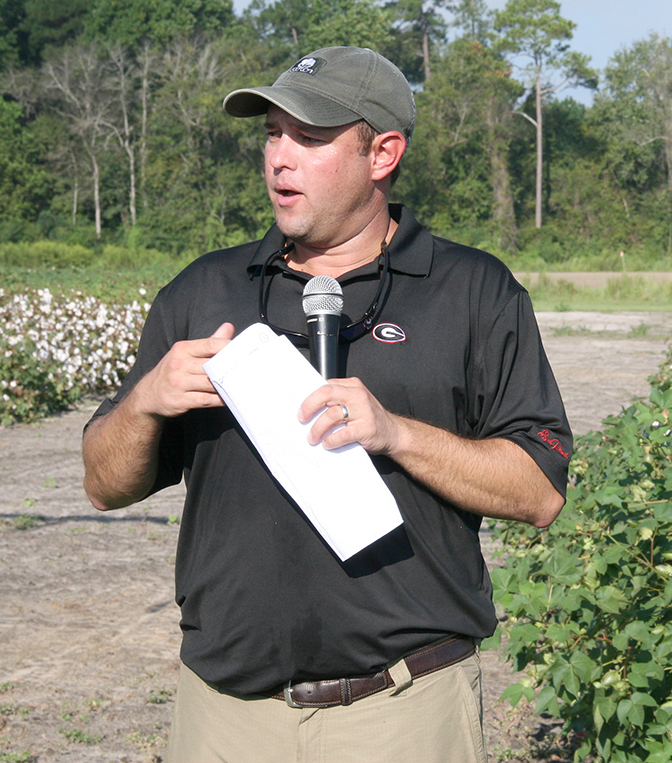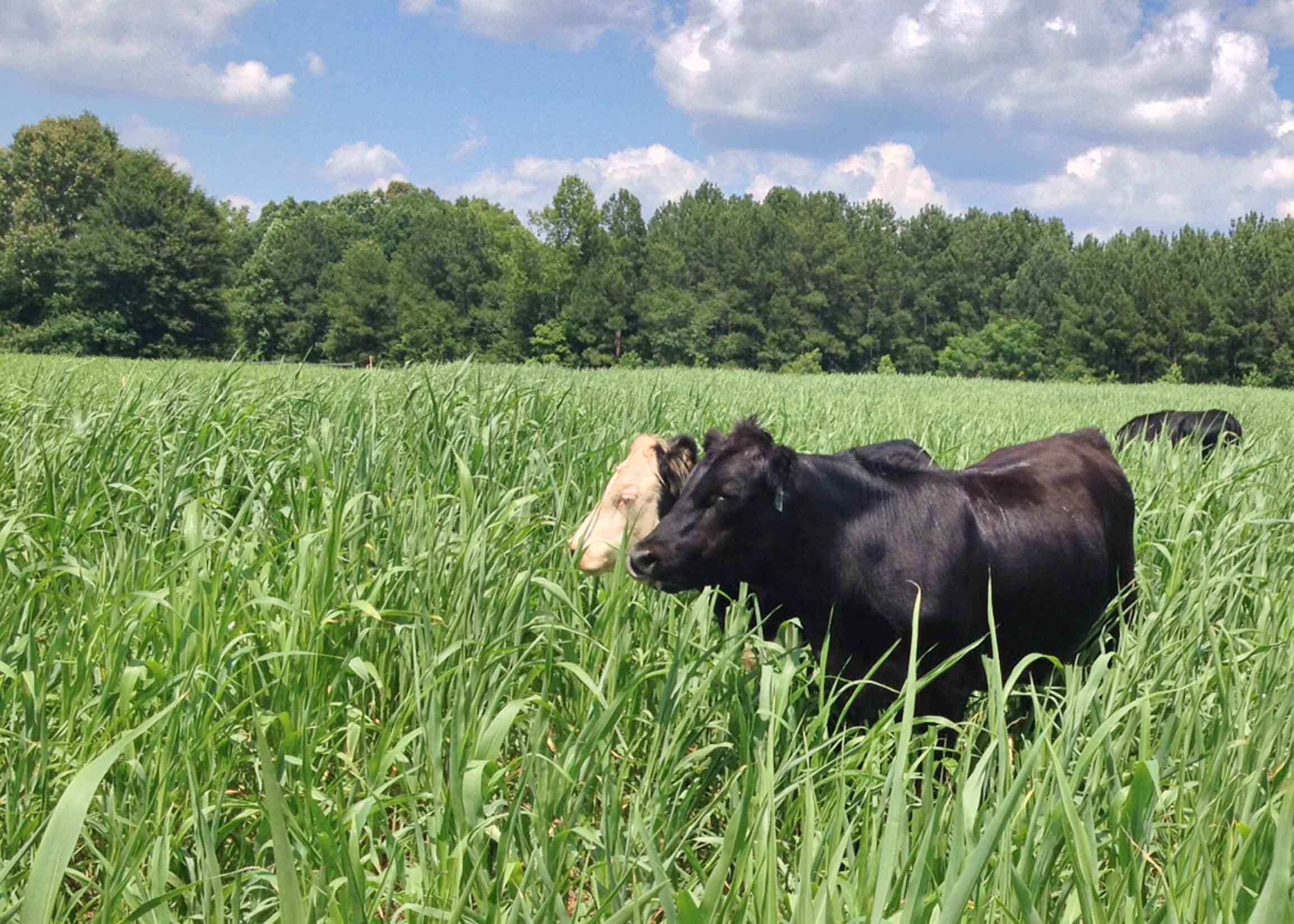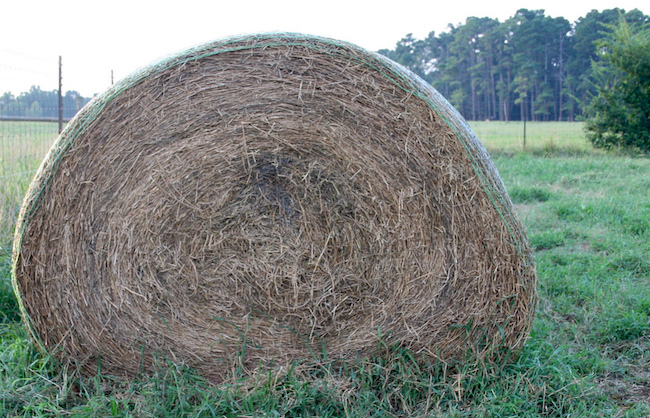.jpg) CAES News
CAES News
Faculty Travel Grants
Projects ranging from research to control downy mildew on grapes in the Southeastern United States to developing software for U.S.-based specialty crops that may ultimately lead to enhancements in the use of precision irrigation were among the focus of the 11 UGA College of Agricultural and Environmental Science faculty members who received grants from the Faculty International Travel Funding Program last spring from the Office of Global Programs for summer travel.

